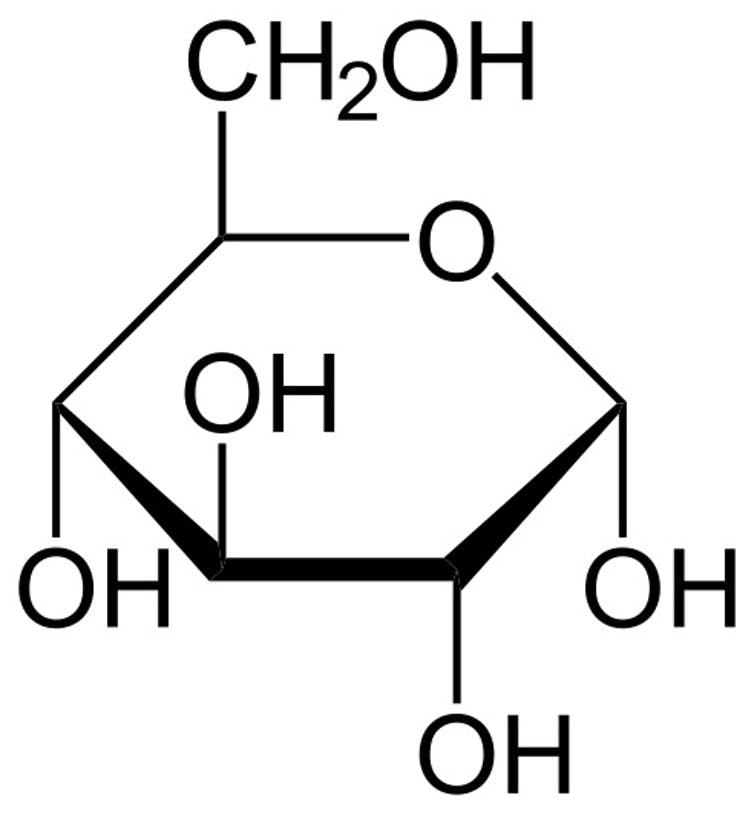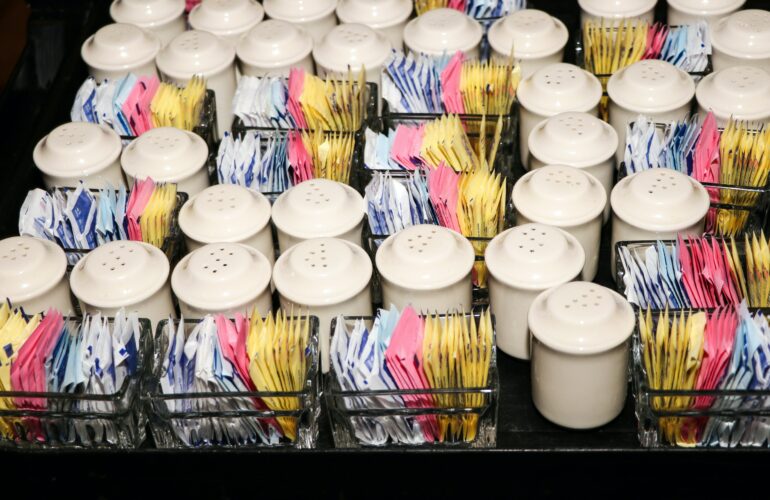A quick walk down the drink aisle of any corner store reveals the incredible ingenuity of food scientists in search of sweet flavors. In some drinks you’ll find sugar. A diet soda might have an artificial or natural low-calorie sweetener. And found in nearly everything else is high fructose corn syrup, the king of U.S. sweetness.
I am a chemist who studies compounds found in nature, and I am also a lover of food. With confusing food labels claiming foods and beverages to be diet, zero-sugar or with “no artificial sweeteners,” it can be confusing to know exactly what you are consuming.
So what are these sweet molecules? How can cane sugar and artificial sweeteners produce such similar flavors? First, it is helpful to understand how taste buds work.

You perceive sweet flavors when certain molecules bind to the taste buds on your tongue.
Bomin Jeong/EyeEm via Getty Images
Taste buds and chemistry
The “taste map” – the idea that you taste different flavors on different parts of your tongue – is far from the truth. People are able to taste all flavors anywhere there are taste buds. So what’s a taste bud?
Taste buds are areas on your tongue that contain dozens of taste receptor cells. These cells can detect the five flavors – sweet, sour, salty, bitter and umami. When you eat, food molecules are dissolved in saliva and then washed across the taste buds, where they bind to the different taste receptor cells. Only molecules with certain shapes can bind to certain receptors, and this produces the perception of different flavors.
Molecules that taste sweet bind to specific proteins on the taste receptor cells called G-proteins. When a molecule binds these G-proteins, it triggers a series of signals that are sent to the brain where it is interpreted as sweet.

Glucose is the simplest of sugars and is a circle of carbon atoms with oxygen and hydrogen atoms attached to the ring.
NEUROtiker/WikimediaCommons
Natural sugars
Natural sugars are types of carbohydrates known as saccharides that are made of carbon, oxygen and hydrogen. You can imagine sugars as rings of carbon atoms with pairs of oxygen and hydrogen attached to the outside of the rings. The oxygen and hydrogen groups are what make sugar sticky to the touch. They behave like Velcro, sticking to the oxygen and hydrogen pairs on other sugar molecules.
The simplest sugars are single-molecule sugars called monosaccharides. You’ve probably heard of some of these. Glucose is the most basic sugar and is mostly made by plants. Fructose is a sugar from fruit. Galactose is a sugar in milk.
Table sugar – or sucrose, which comes from sugar cane – is an example of a dissacharide, a compound made of two monosaccharides. Sucrose is formed when a glucose molecule and a fructose molecule join together. Other common dissacharides are lactose from milk and maltose, which comes grains.
When these…
